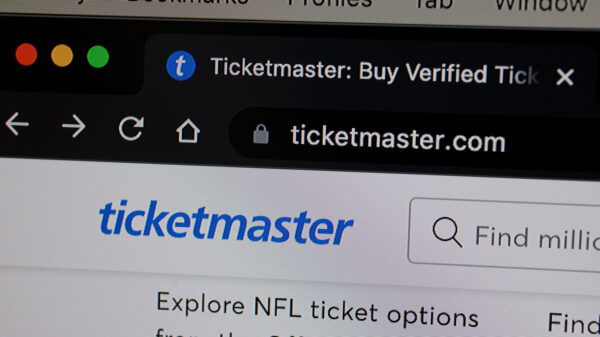Breaking a lease can be a complex process, with potential consequences depending on the lease terms and the property owner’s policies. Here are some tips on how to navigate this situation:
Identify Lease Violations: Start by identifying any issues or dangers within your leased property. This can include problems in your home or issues in the complex. Document all of these concerns and keep records of your interactions with the landlord.
Negotiate with the Landlord: If you are legally bound by a lease agreement, your best option might be to negotiate with the landlord to terminate the lease. Offer to assist in finding a new tenant, pay for lease breakage, and cooperate in showing the apartment to potential renters. Be diplomatic and reasonable in your discussions.
Consider Safety Concerns: If negotiation fails, focus on safety concerns within the property or complex, such as faulty appliances, wiring issues, security problems, zoning violations, mold, or non-functional smoke detectors. Document these issues and provide written notice to your landlord.
Lease Violations: Check the lease agreement for any promises or obligations the landlord has not fulfilled. Ensure that you have a copy of the lease, as it’s a legally binding document. If the landlord has not followed through on written commitments, this can be used as a basis for lease termination.
It’s crucial to maintain accurate records throughout this process in case legal action becomes necessary. While breaking a lease can be challenging, understanding your rights and options can help you make informed decisions about how to proceed.




































